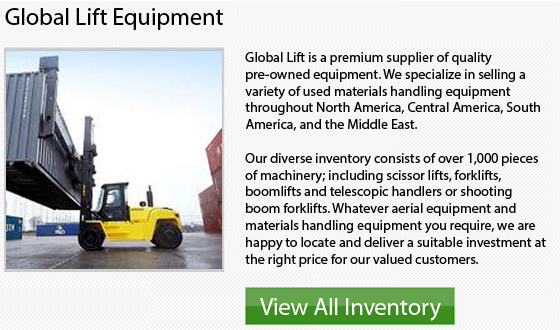
As the market for rough terrain lift trucks has emerged so has the requirement for straight mast lift trucks. Their demand and emergence has leveled over the past ten years thanks to explosion of telescopic handlers. Now, manufacturers of lift trucks are focusing their product development on the lift truck's core function.
For instance, units which offer a lift capacity of less than 6000 pounds on average are up to 2.45% to a bit over $46,000. Other machines within the category's bulk class varying from 6000 pounds to 10,000 pounds in capacity are up 3.15% to $54,177. Machine purchasers would quickly point out only if their actual expenses are up ever so slightly.
With models that depend upon diesel fuel, hourly costs in those 2 classes have risen 81.6% and 84.3% respectively. Even if the prices on the dealer's tag may not seem all that different, as soon as the machine has left the sales yard and enters the work space of the client, it must produce on a large scale.
The rough-terrain forklift market has leveled off fast over the last decade in the wake of the telescopic-handler explosion. The telescopic handlers are might just be the future that this particular type of machine is evolving to. The job of a telehandler is to place a load with a long reach. The rough-terrain lift truck remains the heavyweight champ when it comes to pure grunt lifting.
Omega is a multi-line producer which provides a complete array of rough-terrain lift truck families. They have established the Mega Series, consisting of bigger vertical-mast models. These models provide lifting capacities which vary from 8000 pounds all the way up to 20,000 pounds. The next step was to allow lifting capacities up to 50,000 pound and the HERC Series was developed to complete this task. The more complex and bigger equipment required, the more specialized that OEMs such as Omega become.